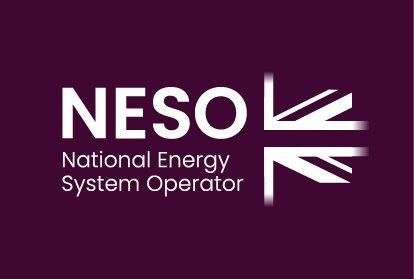GAMMA Flex will build on the learning of Intraflex and seek to push our understanding of what is needed for a liquid flexibility market to the next level by including some key new learning through for example, secondary trading, Demand Turn Up, and other services, which should give participants the opportunities that they need to stack revenues from adjacent markets. It will be delivered by designing a set of market blueprints that will envisage how each services will interact and fit in the future flexibility market place. These are all vital insights that we need to progress our aims and understanding for flexibility markets. It also supports our strategic consultation on Flexibility and has potential to easily transition into business as usual if proven.
Benefits
GAMMA Flex will investigate the areas for development identified throughout the Intraflex project and bring them to fruition by designing market blueprints that will be able to be placed into BaU. Throughout the Intraflex project, key principles were developed for providing new flexibility services, close to real time and it is now envisioned that GAMMA Flex will address and design market blueprints that will increase the opportunity for market liquidity and facilitate more competition.
Learnings
Outcomes
Market design document
The main fundamental output was the market designs that addressed the gaps identified in Intraflex. The report sets out the background to the thinking on the market design and outlines each design proposal.
IMO blueprints
The purpose of having a Blueprints document was to set out the compatibility terms for potential independent market operators who wish to establish a market for trading of flexibility services, where DNO/DSOs purchase flexibility services from Flexibility Service Providers (FSPs). The blueprints provide guidance and a compliance checklist that should make it relatively simple for any new platforms to ensure that they will be able to contract with the DSO without the need to negotiate individual terms or that they will be limited by another platform being granted exclusive rights.
Stakeholder feedback on flex markets
The project first developed an initial market design and was subject to stakeholder feedback from a series of interviews and webinars. This is contained within the final market design itself as we have highlighted the input each stakeholder made and how it affected the final market design.
All project outputs can be found on the National Grid Website: National Grid - Generating Additional Markets for Mature Access to Flexibility (GAMMA Flex)
Lessons Learnt
To enhance outputs from stakeholders, the recommended format is in person events. Due to continuous striking surrounding the transport sector, the stakeholder workshop was carried out virtually. Although the event generated useful outputs, it seems there would have been more brought to the table if it were held in person. This will be one to consider in future projects.
Effective feedback is best generated through stakeholder interviews within a 1-2-1 environment compared to an open consultation. Although this proved very effective and worthwhile, the method is time consuming and isn’t recommended for a very large number of stakeholders.
Gathering feedback took a lot longer than originally anticipated. Relying on emails for correspondence leads to a drop in respondents, leading to us sourcing 1-2-1 feedback.
Due to the nature of the flexibility subject area and the limelight that it is in, it is imperative that regular continuous engagement is carried out with the internal business. Although engagement was carried out, there was too much time in between where developments were made. It is recommended on future projects that an engagement program is implemented to make sure both (internal parties) are aligned correctly.
Regarding penalties, most stakeholders agreed that it is sensible to reduce availability payments in the scenario that their delivery falls below a threshold.The majority of FSP respondents suggested that incorporating additional penalties on top of reduced payments would discourage participation.
Several stakeholders’ voices that threat of contract or market termination / suspension would provide a sufficient incentive for FSPs to participate in the secondary market.
Several respondents to the questionnaire were made suggesting that FSPs with planned, but not yet existing assets should be allowed to participate in the long-term market.
It is suggested that an horizon scan is continually carried out whenever there is a prolonged mobilisation stage during the creation of a project. Due to the accelerated nature around flexibility, work that was once scoped can be already planned within the industry and this must be carried out to avoid duplication.




